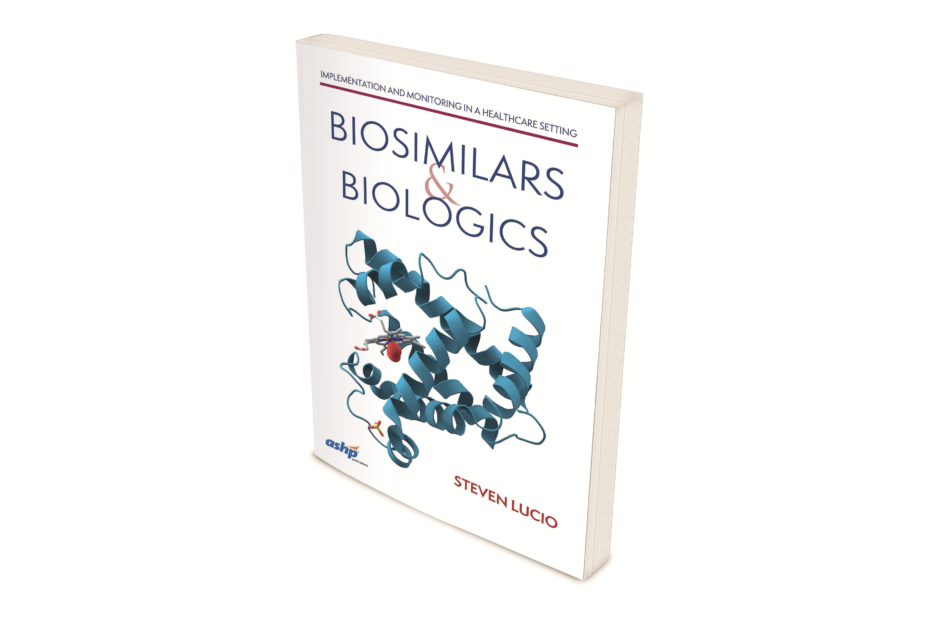
There are many aspects to be fully understood before biologic medicines (complex treatments made from proteins and other biological substances) and biosimilar medicines (biological medicines that are very similar to another that has already been licensed for use) can be introduced into practice. These include physicochemical properties, manufacturing processes, licensing requirements, regulatory provisions and marketing strategies. Biosimilars and Biologics is an authoritative, evidence-based resource that offers an in-depth perspective on all these areas, in addition to: safety; efficacy and interchangeability of biologics; the science associated with the manufacture; the need for pharmacovigilance and adverse effect reporting; formulary management; and financial impacts.
A chapter on biosimilar clinical trial requirements reminds readers that clinical trial information is intended to confirm the similarity of the biosimilar to the originator product, not to re-establish the relationship between mechanism of action and clinical performance. Pharmacists who understand this principle are in a strong position to educate healthcare professionals and take the lead in introducing these drugs into practice.
According to the US-based author, a consensus on how interchangeability will affect practice remains elusive across the pond. Pharmacists generally support interchangeability as a mechanism by which biosimilar adoption is encouraged and substitution facilitated, if clinically appropriate. But other groups view this less favourably — many physicians see it as a loss of control of their ability to direct patient care, while patient advocacy groups have raised concerns about patient safety if a third party (the pharmacist) were to select a biosimilar in the absence of a physician’s awareness or consent.
The European Medicines Agency does not make any comment or draw conclusions regarding interchangeability of biosimilars but leaves these issues to individual nations, while the US Food and Drug Administration must approve biological products as interchangeable for them to be eligible for substitution.
The author concedes that Europe has made the most progress in the development of biosimilars, and the European market is the most mature both in the number of years that biosimilars have been in use and in the number of products that have been approved.
This book sets out to answer the many questions and concerns that healthcare professionals have raised about this class of therapeutic agents. It will be helpful for practitioners who wish to understand the basic principles of biologics and biosimilars and their impact on cost-effective patient care. Experienced pharmacists in the UK may already be aware of the issues raised, but pharmacy students will find the book valuable.
Laurence A Goldberg
References
Biosimilars and Biologics by Steven Lucio. Pp viii +180. US$129. American Society of Health-System Pharmacists (Maryland, Unites States), 2018. ISBN 978-1-58528-580-8. Also available as an eBook. US$103. ISBN 978-1-58528-581-5


